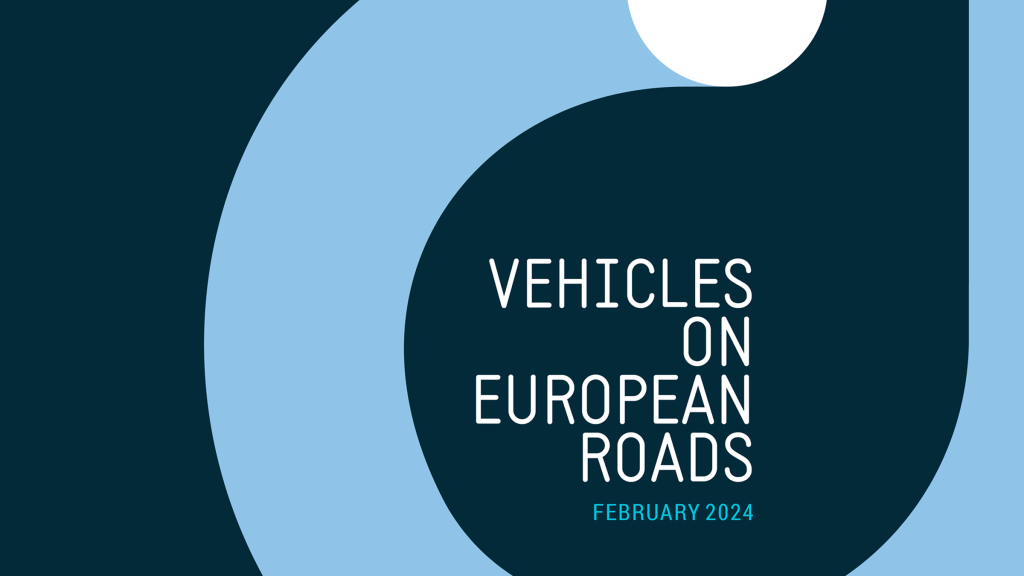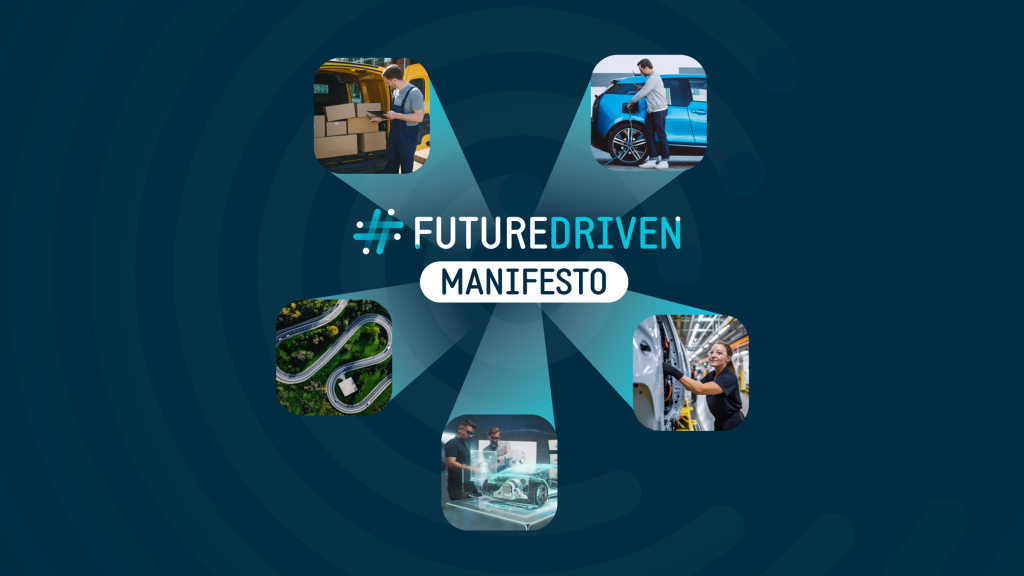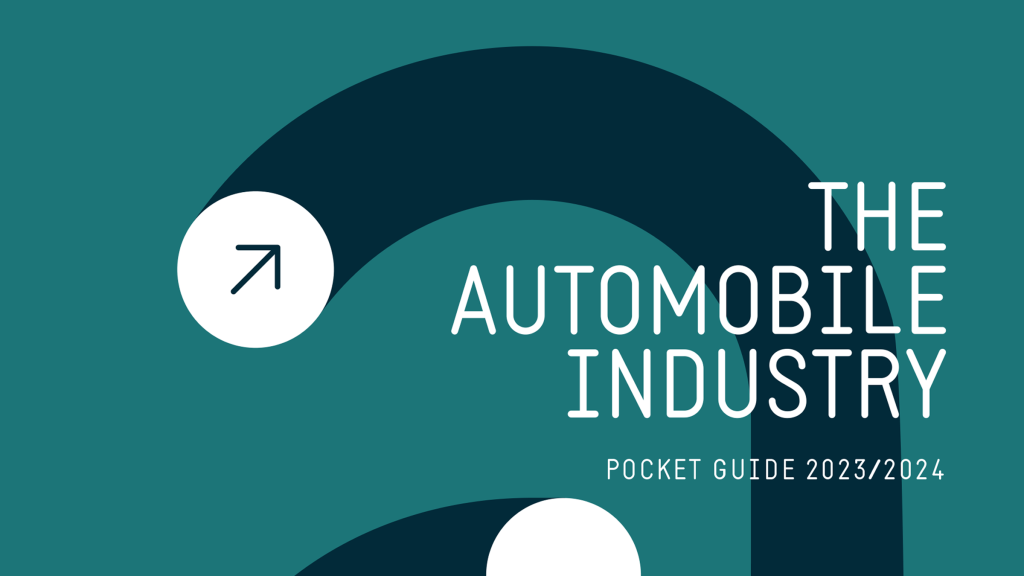Around one out of every eight EU public chargers is a fast charger
The lack of fast-charging options is a major roadblock for potential electric vehicle buyers.
There are just over 630,000 charging points across the EU, but standard AC (alternating current) chargers with capacities of less than 22kW make up more than seven of every eight chargers in the EU. DC (direct current) fast chargers capable of delivering more than 22kW of electricity only make up around 13.5% of the total.
AC chargers are predominantly used for slower charging applications, making them ideal for homes, workplaces, and public areas like supermarkets and leisure facilities. DC chargers are tailored for fast charging, often found along motorways and main highways, facilitating quick recharge options for drivers on long journeys.
The lack of a robust charging infrastructure network is a well-known factor discouraging vehicle buyers from opting for electric models, a common phenomenon known as range anxiety. “If we want to convince Europeans to make the switch to electric vehicles, charging should be as easy as refuelling is today,” said ACEA Director General, Sigrid de Vries. “People need easy access to chargers in their daily environment, and these charging points should be quick and easy to use, without having to wait in long queues.”
A dense network of public DC fast chargers is critical in facilitating long-distance travel and mitigating range anxiety. In particular, they substantially benefit individuals who may not be able to afford or have access to private charging facilities.
For more information on how the EU’s charging landscape is shaping up, see our recent Automotive Insights report, “Charging ahead: accelerating the rollout of electric vehicle infrastructure”.
If we want to convince Europeans to make the switch to electric vehicles, charging should be as easy as refuelling is today.


